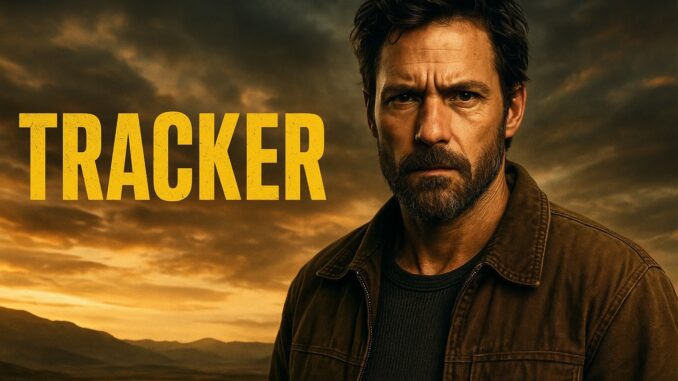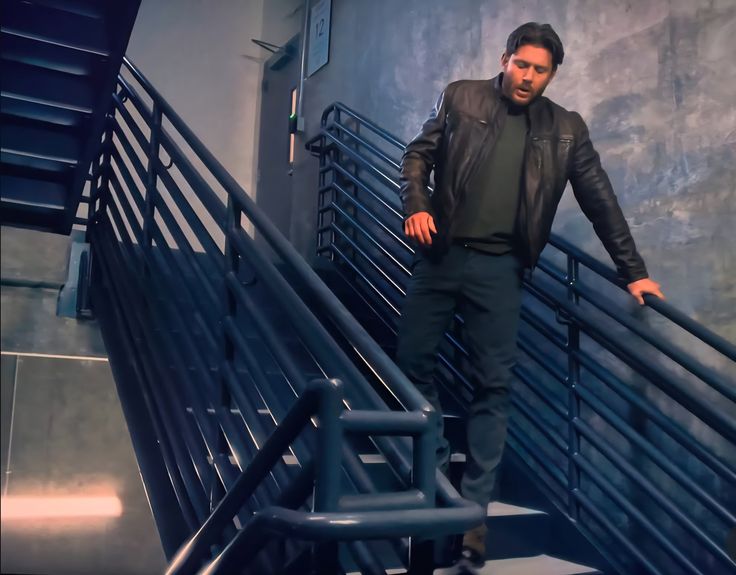
Tonally, Tracker season 2 was much darker and gorier, leaning firmly into the realm of conspiracy theories and the paranormal —a significant departure from the ultra-grounded first season. Part of the tonal change could also be attributed to the character changes. Teddi actress Robin Weigert had already exited the series after Tracker season 1. Then Eric Graise’s Bobby was strangely absent for a lengthy stretch of Tracker season 2, softened by the introduction of his cousin, Randy (Chris Lee).
By the end of season 2, it was clear that something wasn’t working. Fiona Rene’s Reenie Greene continued to be a standout on the show, and Chris Lee’s Randy was the best addition to Tracker season 2. However, it was clear that writers didn’t know how to incorporate Bobby and Velma (Abby McEnany) into the story, struggling to find meaningful ways to do so that generated chemistry between them and Hartley’s character.
When a TV show comes back for a new season, most fans expect more of the same—just bigger, sharper, and maybe with a few twists. But Tracker flipped the script. Season 2 didn’t just feel like a continuation of Season 1—it felt like a completely different show altogether. The characters acted differently, the pacing shifted, and even the storytelling style went in an unexpected direction. Let’s dive into why Season 2 of Tracker stood apart and whether those changes worked in its favor.
Why Tracker Season 2 Shocked Fans
The transition between the first and second seasons caught audiences off guard. Viewers were used to the rugged, slow-burn energy of Season 1, where every episode unraveled like a puzzle. Season 2, however, felt more cinematic—fast-paced, slick, and more character-driven than procedural.
A Bold Shift in Storytelling
Instead of sticking with a “case of the week” formula, Season 2 leaned heavily into serialized arcs. That meant every episode connected to a bigger mystery rather than wrapping up neatly by the end of the hour. For fans who enjoyed episodic storytelling, this was a big change.
Season 1: A Lone Wolf Approach
Season 1 thrived on Colter Shaw’s independence. He was the enigmatic tracker—resourceful, rugged, and often emotionally detached. Each episode highlighted his survival skills and instincts more than his relationships.
Season 2: A Network of Connections
By contrast, Season 2 emphasized Colter’s ties to the people around him. Suddenly, it wasn’t just about one man against the wild; it was about teamwork, trust, and emotional vulnerability. That gave the show more heart—but it also changed its tone dramatically.
Changes in Character Development
The second season peeled back more layers of Colter’s past, particularly his complicated family dynamics. That shift gave him depth but also softened his character. Some fans loved the nuance, while others missed the mysterious loner vibe.
New Faces, New Energy
Adding fresh characters in Season 2 also contributed to the “different show” feeling. Supporting roles became more central, sometimes even stealing the spotlight from Colter himself. This gave the series a more ensemble feel but diluted its original premise.
The Cinematic Upgrade
Season 2’s production value was noticeably higher. Sweeping landscapes, dramatic lighting, and faster editing gave the episodes a polished, almost movie-like quality. The grit of Season 1 was replaced with gloss, and while visually stunning, it made the tone feel less grounded.
Season 1’s Raw, Rugged Aesthetic
The first season had a stripped-down, earthy feel that matched Colter’s survivalist lifestyle. Fans appreciated its realism—it felt like the show lived and breathed in the wilderness.
Season 2’s Polished Style
By comparison, the second season felt like Hollywood came calling. The upgrades were clear: high-tech gear, choreographed action, and more stylized sequences. While exciting, this shift risked losing the raw charm that hooked fans in the first place.
Shifts in Tone and Theme
Another big difference lay in the themes. Season 1 was about survival, self-reliance, and trust in instincts. Season 2 leaned more into trust in people, redemption arcs, and emotional healing. It became less about chasing and more about connecting.
Darker vs. Brighter Storytelling
Season 1 had a darker, more suspenseful tone. Every moment felt like danger could strike. Season 2 brightened the mood, offering more humor and emotional beats to balance the intensity. That shift changed the show’s DNA.
The Risk of Reinvention
Anytime a series reinvents itself, it takes a risk. On one hand, a bold new direction can keep things fresh and avoid predictability. On the other, it can alienate loyal viewers who fell in love with the original formula. Tracker Season 2 walked that tightrope.
Why Fans Felt Divided
Some fans welcomed the shift, praising the emotional depth and expanded storytelling. Others felt betrayed, arguing that the show lost its unique edge by trying too hard to appeal to a broader audience. Social media reactions were proof of how polarizing Season 2 became.
The Evolution of Colter Shaw
At the heart of the debate is Colter himself. Season 1 painted him as a mythic figure—resourceful, almost untouchable. Season 2 humanized him, peeling away his armor. The question is: did fans want a legend or a relatable man?
Comparisons to Other Shows
This type of tonal shift isn’t new. Shows like True Detective and Westworld famously reinvented themselves from season to season. The difference is that those series were built on reinvention. Tracker, on the other hand, had only just begun to establish its identity before flipping the script.
Did Season 2 Improve the Show?
That depends on what you valued in Season 1. If you loved the raw grit, you might have felt disappointed. If you craved deeper emotional connections and higher production value, Season 2 probably felt like an upgrade.

What to Expect in Season 3
If the series continues, the big question will be: which version of Tracker will it follow? The stripped-down, survivalist drama of Season 1—or the glossy, ensemble-driven storytelling of Season 2? The show’s future might depend on finding a balance between both.
Conclusion
Tracker Season 2 felt like a reinvention—bigger, brighter, and more emotionally layered than Season 1. While some fans celebrated the change, others longed for the raw, grounded feel of the original. Reinvention always divides audiences, but it also sparks conversation. And if there’s one thing we know, it’s that Tracker has people talking.
